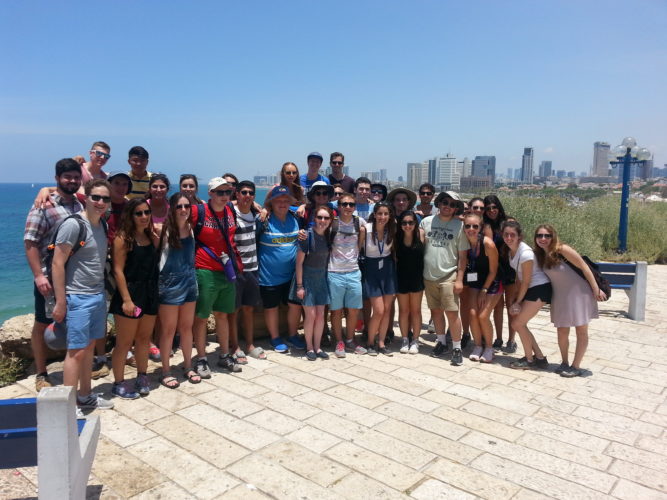Yesterday, my venture creation team ran into a little problem with our proposed app. Our initial plan was to create an app that would crowd source information to make the buying process easier for big ticket items. The application would compare prices in the nearby geographic area as well as take information from online blogs and customer reviews to make a summary of the product while highlighting reviews that your Facebook friends posted. I thought this was the perfect idea because I always struggle when I try to make buying decisions and this would allow me to avoid difficult decision-making situations like when I spent two hours on Amazon looking for the cheapest and the highest quality pair of fuzzy socks.
Guest Blogger: Jackie is a sophomore WashU
Unfortunately for our team, there was already an app out there that did something very similar to what we were trying to create, but fortunately for me, I found an app that could help with my buying decisions. This morning when we got to IDC and had group time, we decided that we needed to regroup and come up with a new idea. We spent a lot of time brainstorming together and trying to come up with a new idea and after about an hour we decided to create BettaFit, which is an app that helps with shopping online for clothes. It is similar to our original idea, but this is more specialized and has fewer competitors that are already in the market.
Last night I was really worried that we were going to have to scrap all of our work and come up with a completely different product and be days behind all the other teams. Although, when we got to IDC we were able to sit down right away and start working. I have never been in a business group where everyone was so focused on the task and able to work together so well while still having fun. It was a really good experience. Also, when we were going through the nine steps of the Lean Business Model, we were able to put that we were serial entrepreneurs in the unfair advantage box because we had already gone through the first few steps of creating a venture before.
Although we ran into the problem with our company and had to take a few steps backwards, it was worth it to overcome the challenge. I think going through this process allowed us to come up with something we all liked a lot instead of choosing someone else’s idea and we became closer as a team because of it.





 It turned out that when kindergarteners had to do this, they all actually got the job done quickly, simply because they kept the marshmallow on top the entire time instead of focusing on building the biggest tower.
It turned out that when kindergarteners had to do this, they all actually got the job done quickly, simply because they kept the marshmallow on top the entire time instead of focusing on building the biggest tower. Being in one of the groups that failed to make a stable structure, it was frustrating to make the tower stable. After all, we were all told that whichever group ended up with the marshmallow in the highest position would win, so we definitely had some incentive to achieve. But seeing as our group failed because we tried too hard to build the tallest possible spaghetti tower, we ignored the marshmallow, deciding to save it for last when the entire tower was finished. Yet since we couldn’t keep our tower stable as we brought it higher, we never even got a chance to use our marshmallow, since we were focused on the building development but not so much on the final structure and what we wanted out of it.
Being in one of the groups that failed to make a stable structure, it was frustrating to make the tower stable. After all, we were all told that whichever group ended up with the marshmallow in the highest position would win, so we definitely had some incentive to achieve. But seeing as our group failed because we tried too hard to build the tallest possible spaghetti tower, we ignored the marshmallow, deciding to save it for last when the entire tower was finished. Yet since we couldn’t keep our tower stable as we brought it higher, we never even got a chance to use our marshmallow, since we were focused on the building development but not so much on the final structure and what we wanted out of it.


